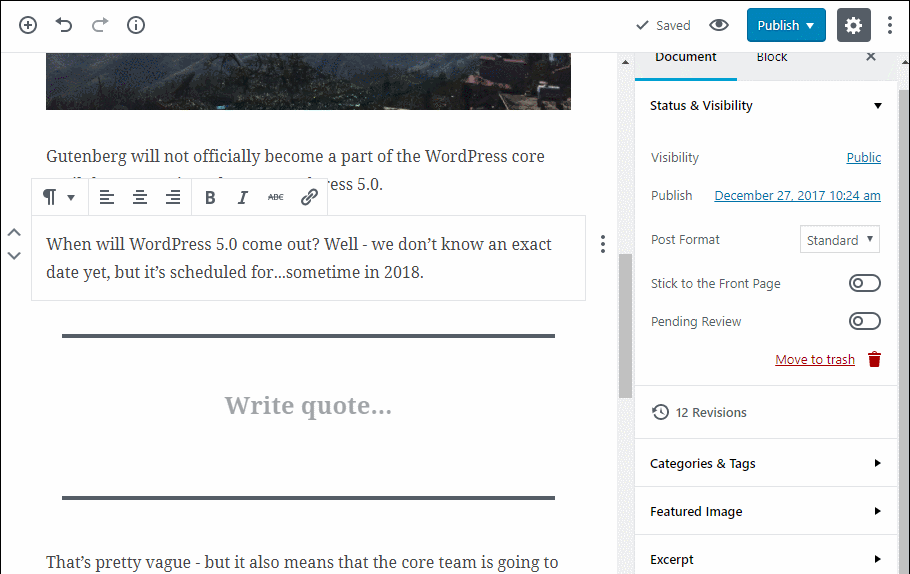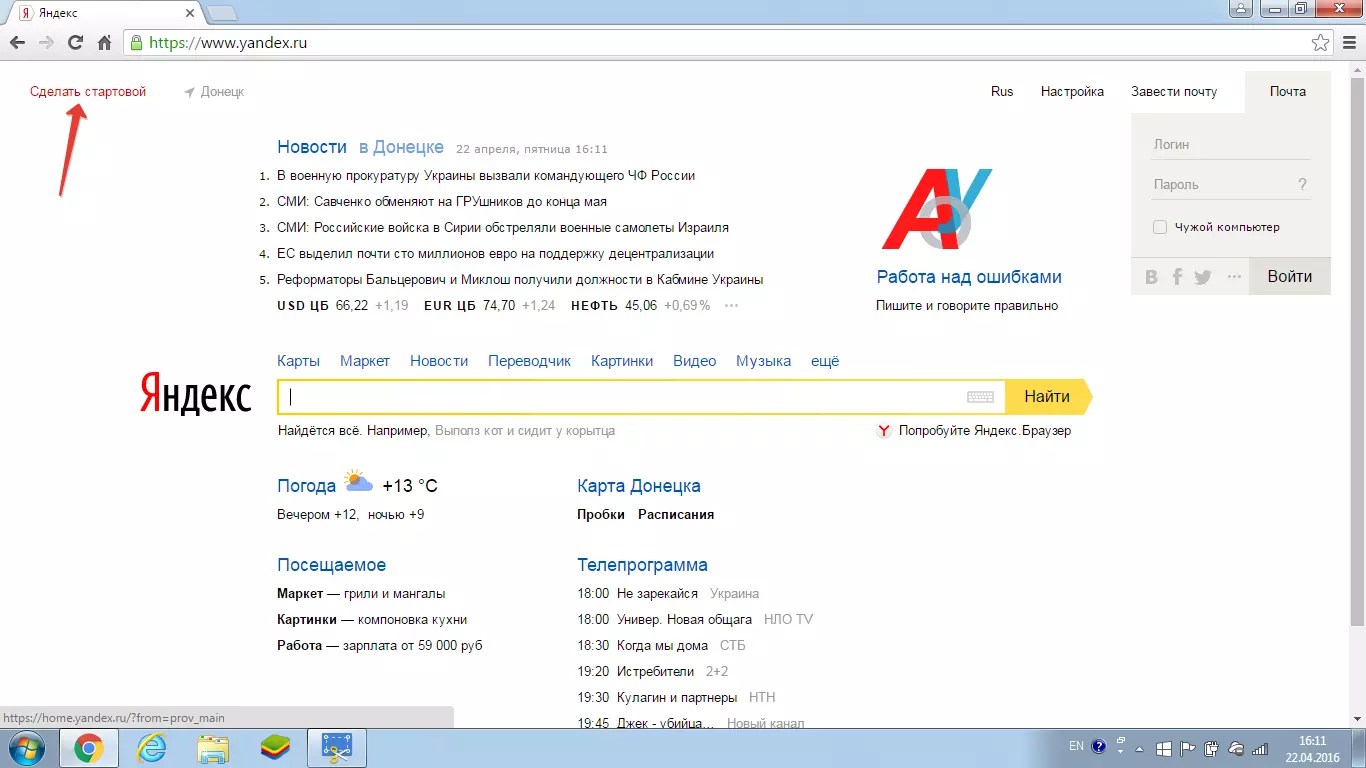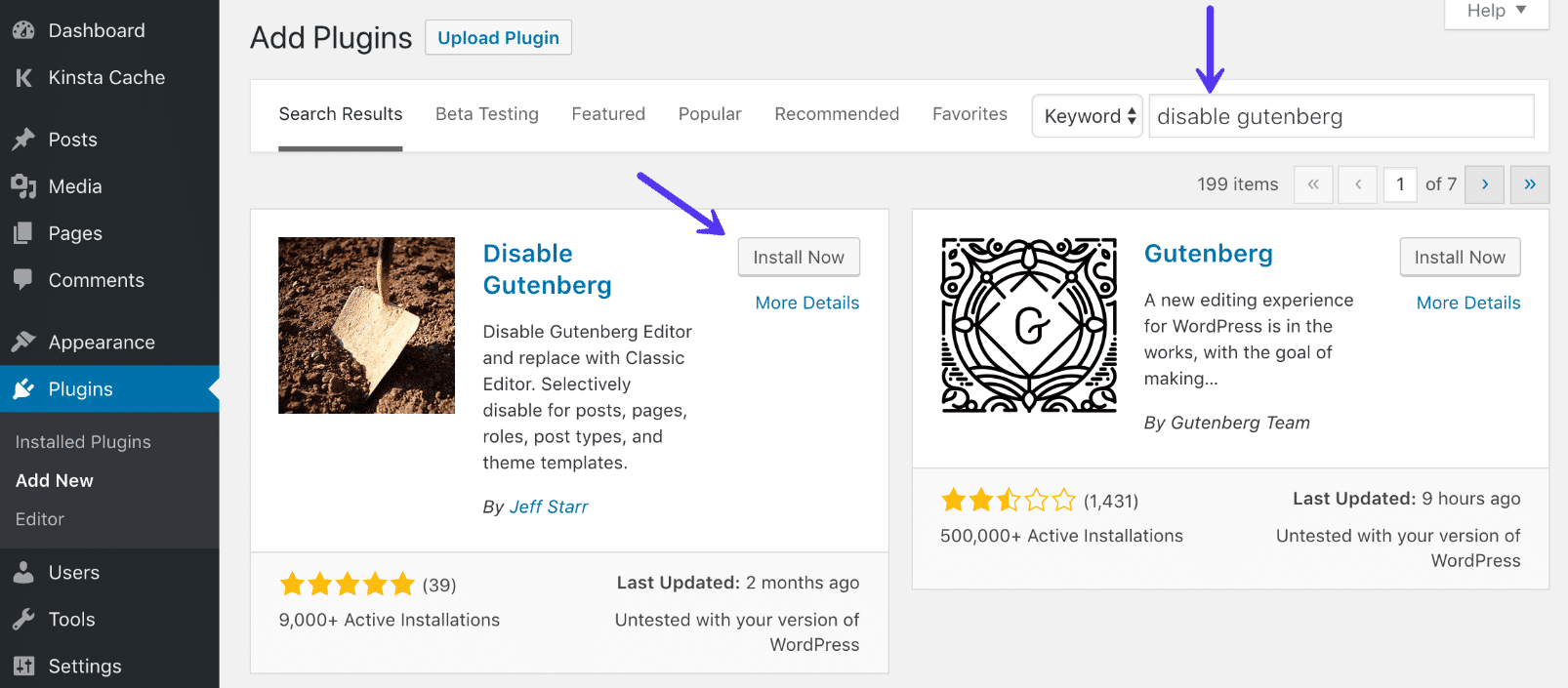

And the reason I’m doing this is because I want to show you how you can add a block to an existing plugin.
#Wordpress gutenberg code#
This is actually some code that I took from a plugin development workshop that I did at WordCamp. It has a form shortcode, which outputs a form.

So what I’ve done for the purpose of this workshop is I have a very basic standard plug in this is a standard PHP plugin for WordPress, it doesn’t matter what it does, it registers a table creates a table. Okay, so once you’ve got all these things installed, we need to start building.
#Wordpress gutenberg windows#
Or you can try the windows subsystem for Linux, which I haven’t used in a while because I don’t have a Windows machine anymore.

If you’re on Windows, I recommend checking out something like commander. If you are on Mac, or Linux like I am, you’ll have a built in Terminal. And then finally, what you’re going to need is some kind of terminal access.
#Wordpress gutenberg install#
If you want the most latest, the latest version, you can always install whatever the latest version is. The recommended version is probably best for most people. And it includes something called NPM, which is the node package manager, which allows you to install all kinds of cool JavaScript packages. So Node.js is a JavaScript runtime that you install on your machine. So I have a fairly standard lamp install setup, you’re also going to need a default WordPress install, which I do have running on WordPress dot test, then you’re going to need oops, I closed the window there, then you’re going to need to make sure you have Node.js installed. If you want to work along in this workshop, you’re going to need some preparation, you’re going to need a local development environment of some kind, either flywheel or vvv, or something along those lines. But I’m going to be highlighting certain sections as we go through. With the Block Editor Handbook, shall I say, I highly recommend that you read through the entire handbook if you can. For the purpose of this workshop, I’m going to be skipping over quite a bit of the block development handbook. So the purpose of this workshop is going to be to take you through some of the core pieces of information that you might need to know if you want to build custom blocks for WordPress. Hi there, and welcome to my Beginner’s Guide to block development.



 0 kommentar(er)
0 kommentar(er)
